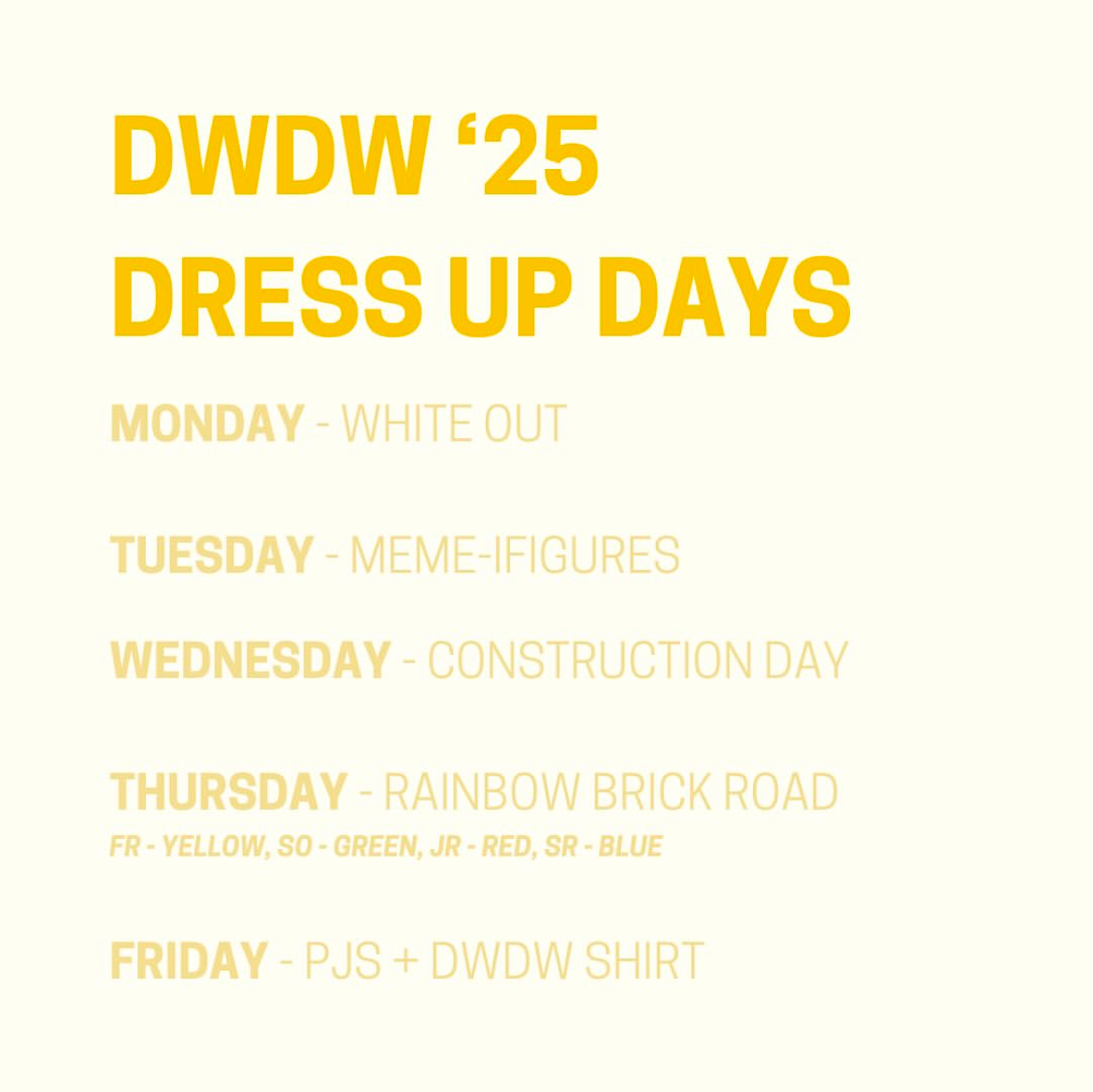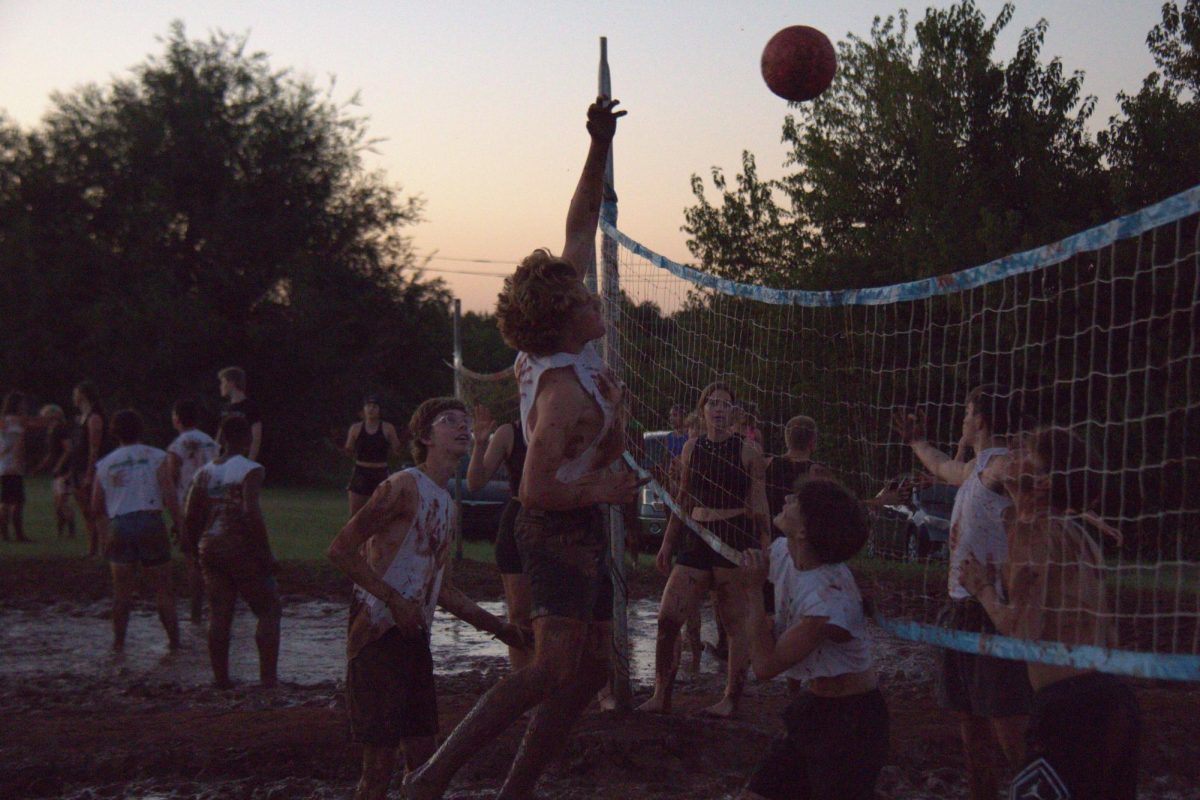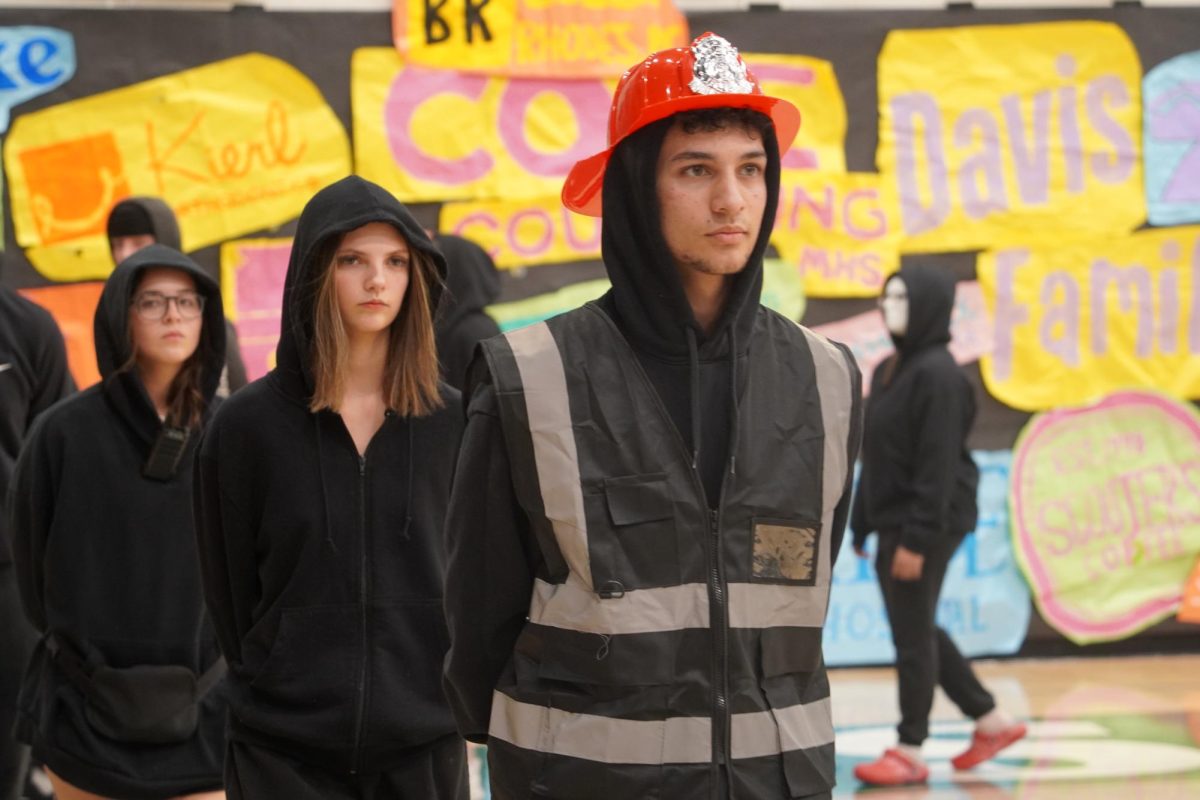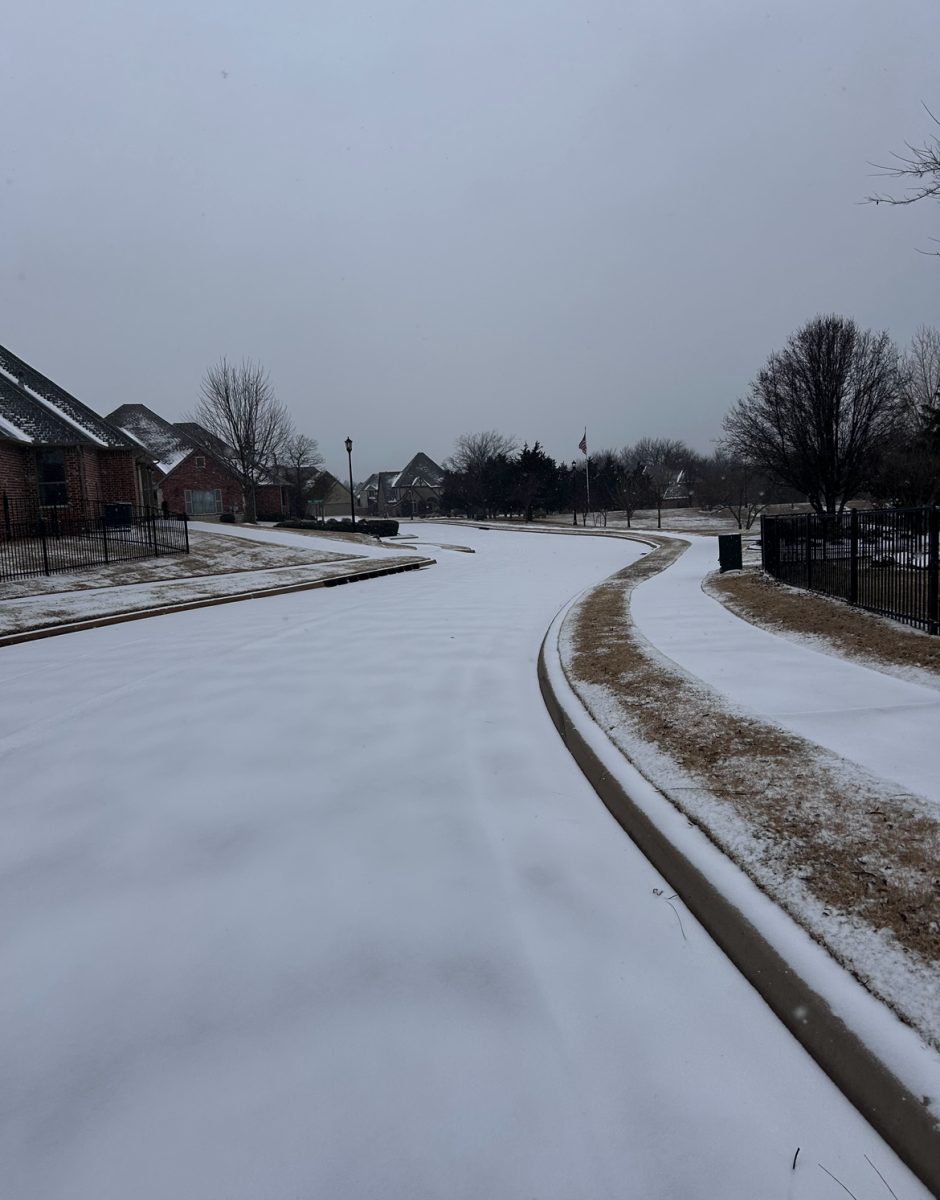Schools should consider teen drivers when deciding to hold class on a winter weather day. Even when the main roads are drivable, neighborhood and back roads are often the last to be defrosted. It only takes a few slick spots to take out an inexperienced driver and most kids in high school get their license sophomore year. According to Winter Driving Statistics, almost 2,000 people die each year due to winter road conditions.
Driving as a teenager has its challenges even without bad weather. The added anxiety and stress from just trying to stay safe on your own for the first time is amplified when you are expected to travel in ice and snow. There are so many precautions you should take to determine if you should leave the house.
“I was a little worried about driving on the roads, but I waited and came to school once it was safe for me to drive,” said Gabe White, a sophomore at Santa Fe High School.
Before you leave it is best to weigh your options. The Teen Driver Guide to Winter Safety advises that you don’t drive unless it is absolutely necessary, but if you do get on the road you need to know what to expect. Cars will take longer to break, accelerate and turn in this type of weather. Tire pressure and cold engines will cause delays, and windshields fog up or get covered in ice and snow. Plan on starting your car ahead of time to warm up the engine and get a good ice scraper if you frequently travel in winter.
Drivers of all ages need to prepare themselves for the inclement weather ahead. Stay safe.





































